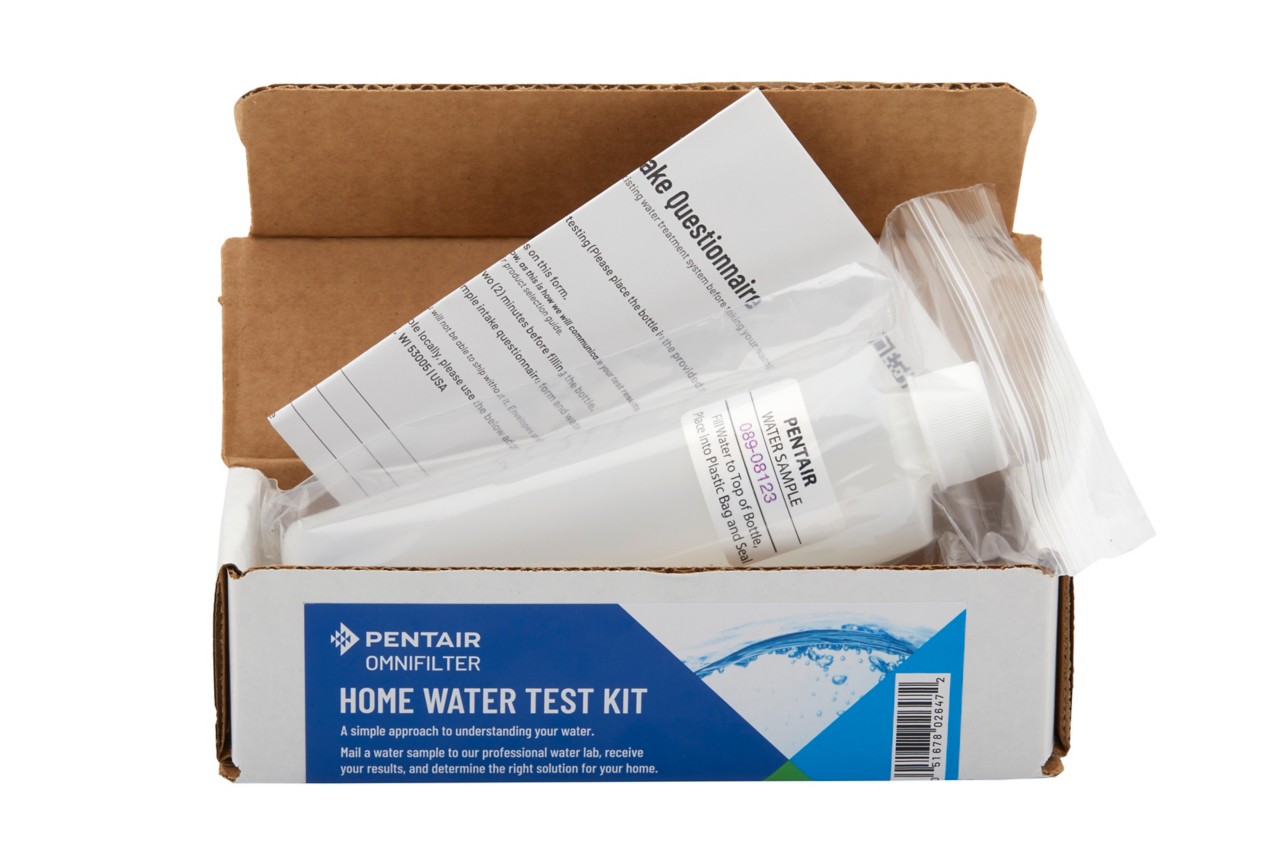Diagnose My Water Issues. FIND A LOCAL PRO
What Is Arsenic?

Arsenic is a chemical element that naturally occurs within minerals and the Earth’s crust alongside sulfur and metals. Arsenic is a metalloid and has several allotropes, the most common of which are gray, yellow, and black. In its pure form, arsenic is a brittle, semi-metallic solid with a vibrant gray hue.
The word arsenic comes from the Persian word “zarnikh,” which translates to “yellow orpiment.” This word translates in Greek to “arsenikon,” a word closely related to the Greek word “arsenikos,” meaning “potent” or “masculine,” according to the Los Alamos National Laboratory.
What Is Arsenic Used For?
Live Science details the practical uses of arsenic on its chemical information page.
Historically, arsenic was used as a poison because it is odorless and tasteless. Because of its acute toxicity to bacteria, fungi, and insects, arsenic can preserve wood as chromated copper arsenate (CCA). The Environmental Protection Agency (EPA) notes that manufacturers voluntarily stopped producing arsenic-treated wood products after learning about CCA’s high toxicity.
Alloys of arsenic are common in manufacturing and industrial practices. Car batteries and bullets fuse with certain alloys of arsenic during manufacturing.
Arsenic exists in pyrotechnics to give added color to the flame. Forms of arsenic can act as doping agents for products like transistors. Gallium arsenide is used in lasers to convert electricity into light.
What Is Arsenic Found In?
According to an arsenic fact sheet from the Centers for Disease Control & Prevention (CDC), arsenic is present in the atmosphere and can make its way into groundwater, air, and soil. Low levels of arsenic in the soil, water, and air can be ingested by plants as they grow, meaning some arsenic may exist in the foods we eat.

How Does Arsenic Get Into Water?
Arsenic can find its way into your water through natural means or methods like industrial and agricultural runoff, notes an FAQ from the Agency for Toxic Substances and Disease Registry (ATSDR). If you live near a manufacturing center, industrial plant, or large farm, arsenic can potentially spread to your water supply.
Arsenic often accumulates in water supplies surrounded by bedrock. According to a study published in the journal Environmental Science & Technology, the states of Maine, New Hampshire, and Michigan are prone to high concentrations of arsenic-heavy bedrock. According to an article published in the Arizona Water Resource, aquifers in the Southwest are susceptible to arsenic contamination due to the area’s geological and climate conditions.

Private well owners are susceptible to arsenic water contamination. A study published in the journal Environmental Health Perspectives found that arsenic can build up in the soil of land that used to house orchards. Arsenic is a byproduct of old pesticides and industrial equipment.
The U.S. Geological Survey states that natural phenomena like wildfires can spread ash containing high levels of arsenic. Arsenic is a water contaminant that can find itself near a water supply in a variety of circumstances.
How to Test Your Water for Arsenic
Arsenic is odorless and tasteless: you will not notice the presence of arsenic in your water by consuming it.
If you get your drinking water from a private well, we recommend you be proactive and test the water yourself — the EPA does not regulate well water. According to the Groundwater Foundation, domestic wells should be tested at least once a year. Homeowners who live in states with arsenic contamination patterns may want to test their water and check the yearly water quality report.
If you are concerned about the possibility of arsenic in your drinking water, there are multiple testing options. You can contact your city or county health department to request a free test for your well water. If these services are not available in your area, we recommend our water testing. This affordable water test will measure the level of arsenic in your drinking water.
After reading your water quality analysis report, it’s best to contact the lab that conducted the testing if you have any questions. Test your water for arsenic today - get a water test kit from one of our partners.

What's in your water?
start here
Worried about your water? Take control with our at-home water test kit. We'll analyze your water and recommend the best filtration or softening solution for your specific needs.

How to Reduce Arsenic in Drinking Water
The EPA set the maximum contaminant level for arsenic in your drinking water at 10 parts per billion or 10 micrograms per liter. If the arsenic concentration in your private well exceeds or is at that level, take action per the EPA’s recommendation.
According to the EPA, the best arsenic reduction method depends on the level of iron in your drinking water. Many effective point-of-use (POU) systems and point-of-entry (POE) systems exist that can treat your drinking water for arsenic contamination.
Water Filters that can Address Arsenic
After testing your water for arsenic and iron, you may find that the arsenic concentration indicated on your water quality analysis report exceeds the maximum contaminant level of 10 parts per billion. In this situation, install a water filtration system for peace of mind.
FreshPoint GRO-575 Five-Stage Reverse Osmosis System – Reverse Osmosis water systems help filter out potentially harmful chemicals and contaminants to deliver high-quality drinking water. Our unique “click and enjoy” design simplifies cartridge exchange with technology certified to provide excellent water. This five-stage reverse osmosis system reduces contaminants including lead, fluoride, dissolved solids and so much more.
How to Treat Arsenic in Well Water
Some private wells may contain trivalent arsenic (or arsenic-3), which must be converted into pentavalent arsenic (or arsenic-5) before a reverse osmosis system can treat it. If you determine this is the case for your well, we recommend using a chlorine injection system before installing a reverse osmosis filter.
Check your water today for high levels of arsenic, especially if you live in a rural area near farmland or use a private well.

Water 101
Unleash the secrets of your H2O! Explore where water originates and discover the various water filtration solutions that transform it into drinkable water.




